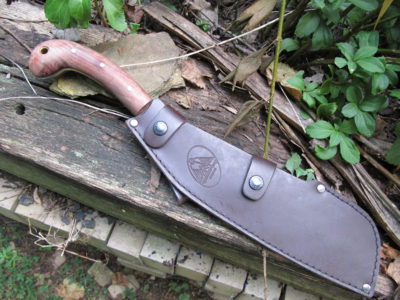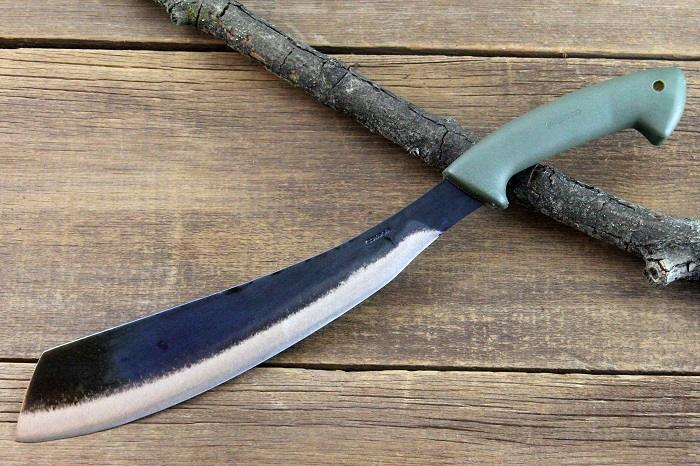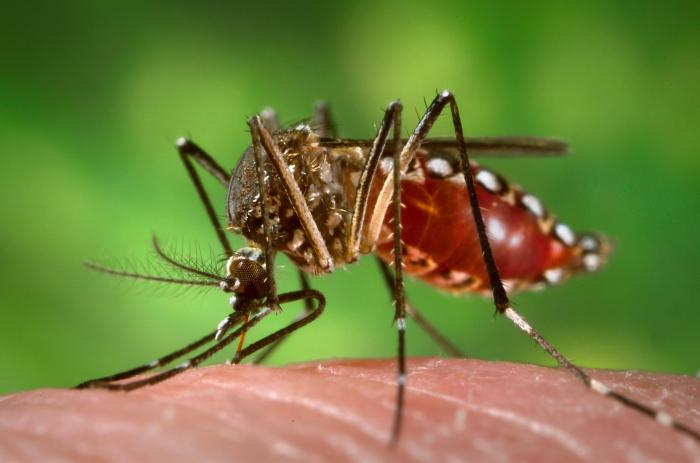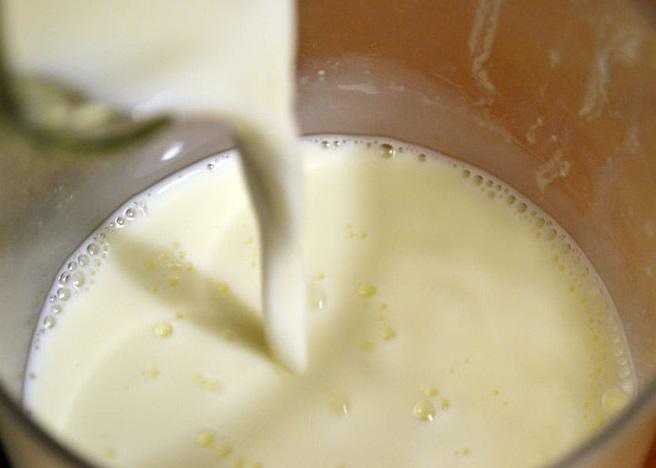I am a big fan of edged weapons. The utility of a good blade is such that, in my opinion, no one should ever be without one.
A decent knife can get you out of more binds and fix more problems, from the mundane to the major, than just about any other tool. But let’s face it: The knives most of us carry are generally a compromise, as there really is no one-size-fits-all knife that excels at every task. So, despite the undisputed need for a solid, general purpose knife, it is good to consider the prospect of acquiring some more specialized implements and keeping them in your car kit or survival kit.
One area where general purpose blades and even most Bushcraft knives fall short is chopping brush and wood. This can be a lifesaver in situations where shelter-building and gathering firewood, or a variety of other tasks, becomes necessary. For these purposes, I like a good machete; it is a fantastic tool and a wonderful backup defensive weapon. And where machetes are concerned, my top design choice is the parang, originally from the region of Malaysia and Indonesia. It’s used by some of the world’s top survivalists, including Bear Grylls.
Typical vegetation in Southeast Asia is of a woodier variety than that of North America, so the parang has a host of features that make it ideally suited for heavier chopping chores. For starters, parangs have a thick, heavy blade and are generally of a rat tail or full tang design for strength. To prevent binding in the cut of woody material, the bevel of the blade is more obtuse than in other designs, and the edge is most often of a convex grind. Both these features are there to help prevent that embarrassing and potentially dangerous moment when your blade just won’t pull free of what you are cutting.
Restore Your Old Blades To A Razor’s Edge In Just Seconds!
Additionally, the “sweet spot,” or point on the blade where maximum chopping force is delivered with minimum effort, is located further from the handle than in other designs, and the handle itself incorporates a curvature and an enlarged end for a firm and secure grip in damp and sweltering Malaysian jungles — or wet and humid Midwestern summers. Parangs weigh up to two pounds, and are quite possibly the perfect chopping implement.
Traditional parangs have three distinct edges. The tip end has a finer edge for tasks such as skinning of game. The mid blade, in the region of the sweet spot, has a coarser chopping edge. The final region, near the handle, is quite fine for things such as carving. So, despite its primary role as a chopping implement, the parang has a great deal of versatility built into its design.
 My favorite Parangs come from Condor Tool and Knife. Condor makes their blades from real, honest-to-goodness, high carbon tool steel. Their machetes are every bit as tough as the high quality shovels and other hand tools they produce. They are real tools built for real work, and with a bit of care they are a lifetime investment.
My favorite Parangs come from Condor Tool and Knife. Condor makes their blades from real, honest-to-goodness, high carbon tool steel. Their machetes are every bit as tough as the high quality shovels and other hand tools they produce. They are real tools built for real work, and with a bit of care they are a lifetime investment.
Condor produces a traditional, as well as a “bushcraft” series. The bushcraft blades feature molded polypropylene grips and a nylon sheath. They have a more modern and “tacticool” look than the traditional styles. The polypropylene handle material offers a good, comfortable, non-slip grip, and the nylon sheath is tough and weather resistant. The 13-inch blade and overall length of just shy of 20 inches makes it a handy size for your survival kit or car kit, but it is still large enough to get the job done. The Bushcraft Parang is an excellent choice of machete.
The Best Way To Rescue Perishable Food In A Power Outage
Stickler for tradition that I am, I prefer the traditional to the bushcraft models. The main differences in construction are that the traditional blades feature wood handles and a leather sheath. They really capture the classic look of the traditional parang. My favorite in the lineup is the 18-inch Village Parang. With a 12-inch blade and an overall length of 18 inches, it is compact enough to be stored in a small space but still plenty big for most tasks. I will not argue the point that the modern materials on the Bushcraft Parang offer certain advantages, but I sometimes defer to style points when it doesn’t affect overall performance, and the classic style of the Village Parang appeals to me.
Several other manufacturers offer parang-style machetes. Notably, Gerber produces the Bear Grylls Parang in two sizes. These are fine blades and although very updated, maintain many of the features that make a parang a parang. The compact model, at just a shade over 20 inches overall, would be an excellent addition to anyone’s kit.
Once you have covered the bare essential of a good all-around knife, it is prudent to start adding more task-specific knives to your kit. Whether it be stripping saplings and chopping brush for a debris shelter, cutting firewood, or fighting your way through heavy underbrush, you can’t go wrong with a good machete. The traditional parang exemplifies the best in what a good machete should be.
Related:
Why Your Survival Gear Needs A Machete
Do you have experience with a parang or other type of machete? What advice would you add? Share it in the section below:
Learn How To ‘Live Off The Land’ With Just Your Gun. Read More Here.











